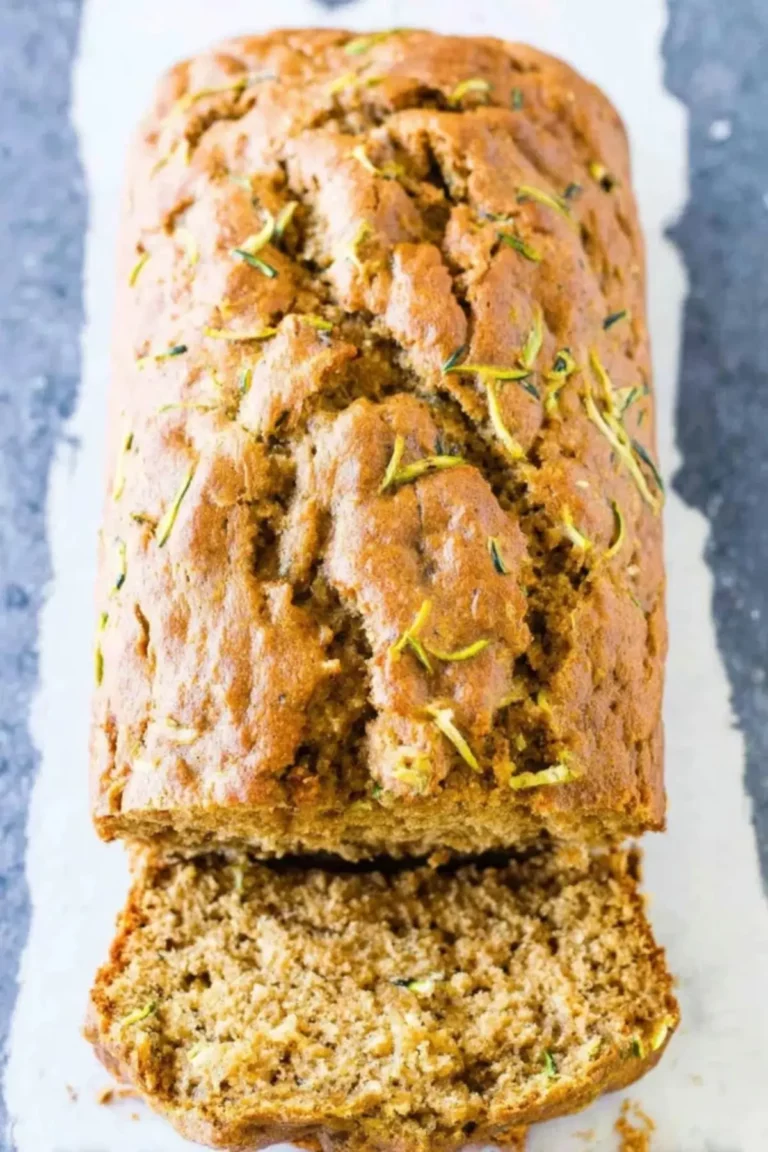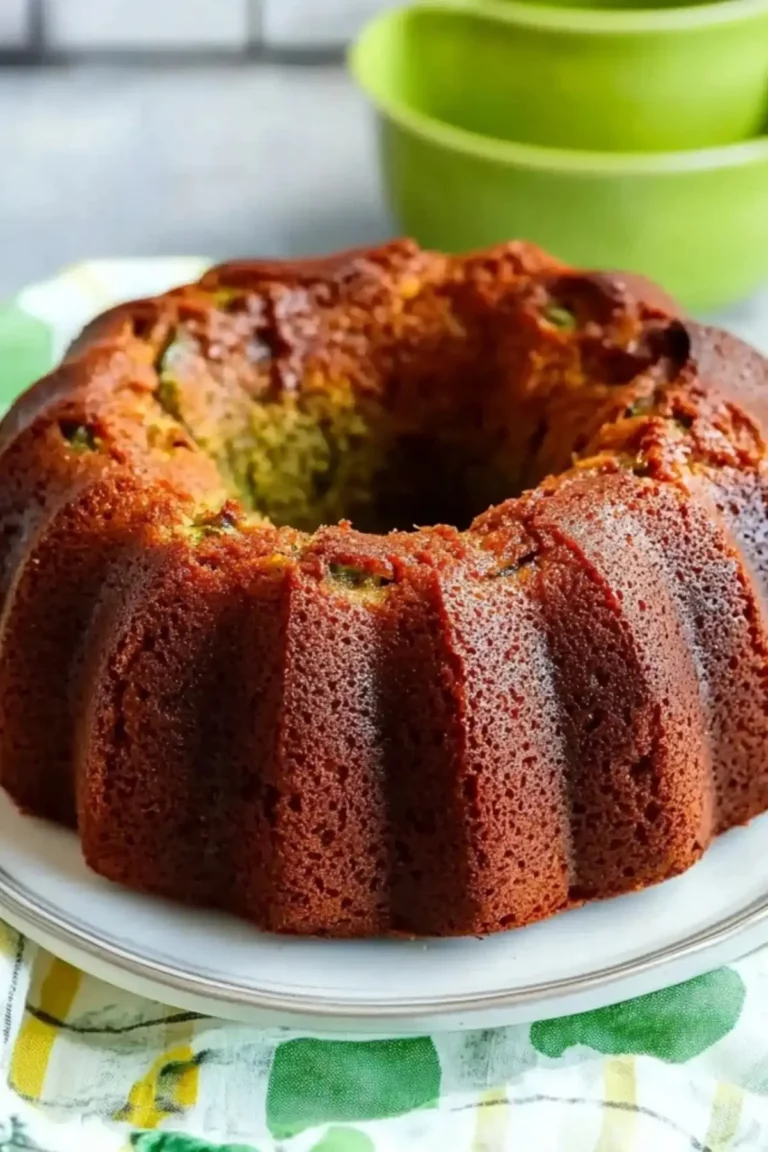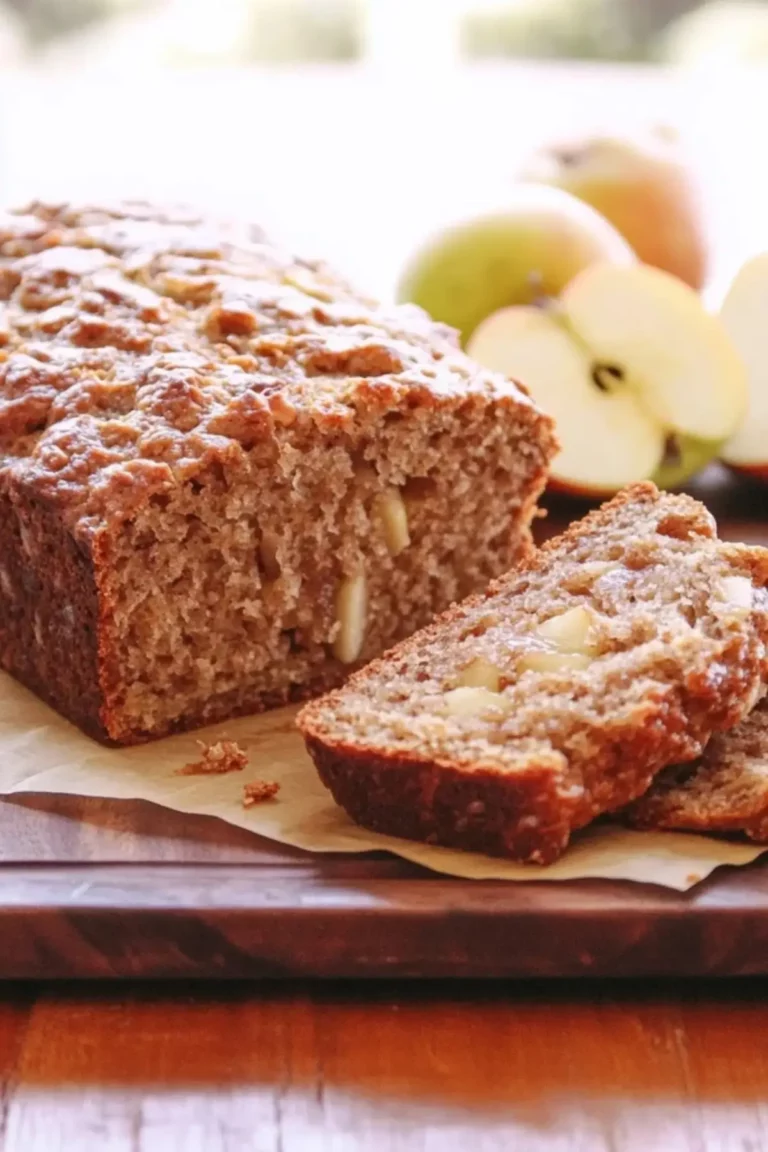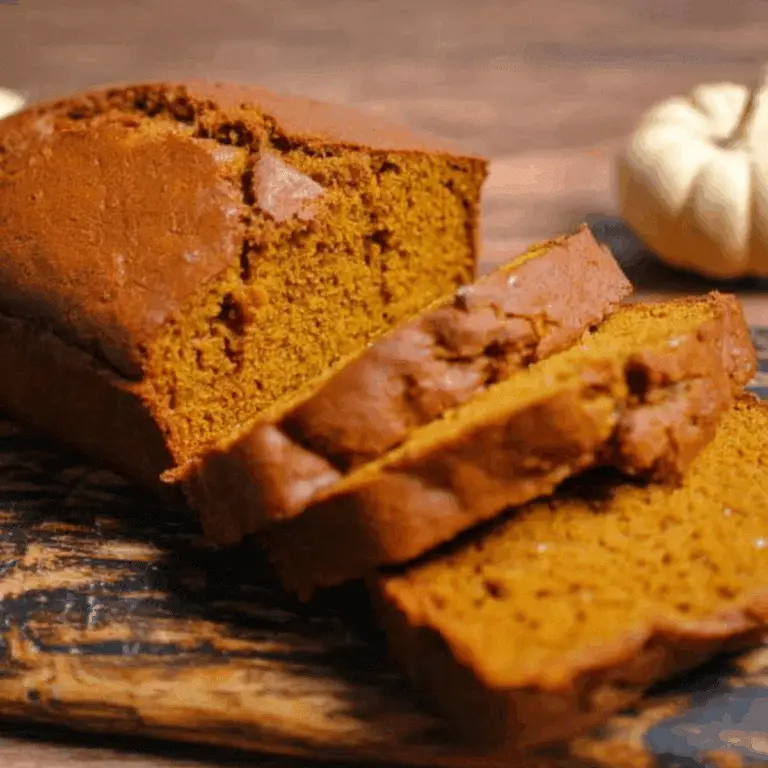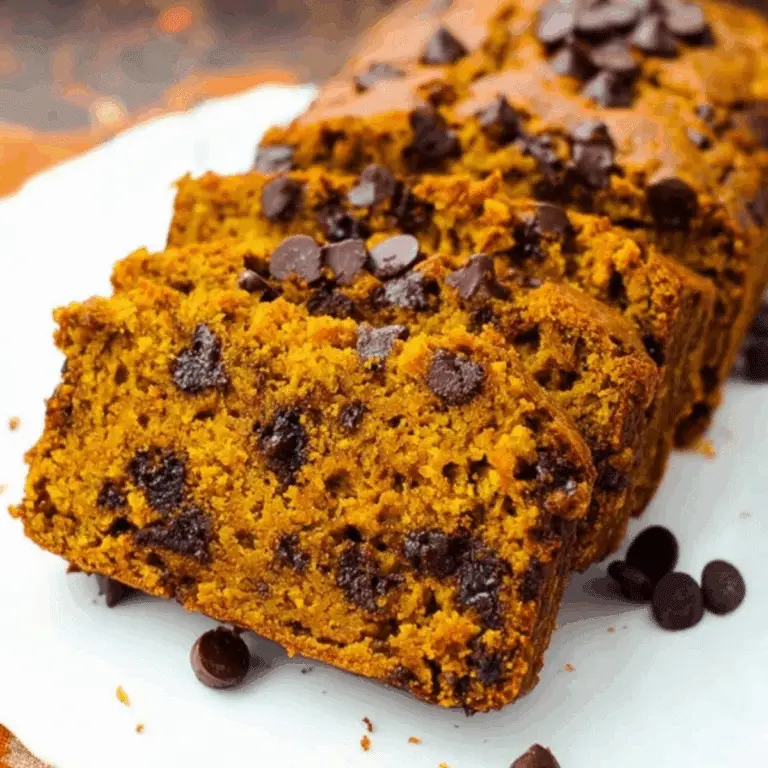Baking homemade bread has always seemed like a daunting task. However, I still remember the first time I pulled a warm, golden-brown loaf of sourdough bread out of my Dutch oven. The scent was intoxicating, and the crisp crust gave way to the soft, airy texture that you can only get with freshly baked bread. It was such a rewarding experience—simple, natural ingredients transformed into something that felt like magic. If you’ve always wanted to make sourdough bread at home but were intimidated by the process, this recipe is for you.
What I love about this Dutch Oven Sourdough Bread recipe is that it’s surprisingly easy to follow and doesn’t require any specialized equipment or prior baking skills. Plus, the use of a Dutch oven mimics the effect of a traditional brick oven, which gives the bread that perfect crisp crust and chewy interior. Whether you’re an experienced baker or a complete beginner, this recipe will guide you through each step and help you master the art of homemade sourdough.

Why This Recipe is Special
Dutch Oven Sourdough Bread is not just any loaf—it’s a living, breathing creation that requires patience and a little bit of care. Unlike typical bread, which uses commercial yeast, sourdough relies on wild yeast and bacteria to rise, giving it its signature tangy flavor. What makes this Dutch oven method even more special is the texture it produces. The cast iron retains heat exceptionally well, creating steam that results in a crust that’s both crisp and golden brown. Inside, the bread is soft and airy, with big, irregular holes—a true sign of artisanal craftsmanship.
Making sourdough at home is not only a fun project but also a healthy option for those who want to know exactly what goes into their bread. The long fermentation process helps break down gluten, making it easier to digest, and the wild yeast provides beneficial probiotics. If you’re new to sourdough, you’ll soon find that it’s incredibly rewarding to watch your starter come to life and turn into something delicious.
Ingredients and Preparation
Before we dive into the process, let’s first talk about the ingredients you’ll need and the role each one plays in creating this dDutch Oven Sourdough Bread.
- Flour – Bread flour is the best choice for sourdough because it has a higher protein content that gives the bread structure and chew. You can also use a mixture of whole wheat and white flour for added flavor.
- Water – The amount of water you use will affect the dough’s consistency. Too little water and the bread will be dense; too much and it will be hard to handle. Aim for a hydration level that makes a sticky dough.
- Salt – Essential for flavor, salt also strengthens the gluten in the dough, helping it rise properly.
- Sourdough starter – This is the key to creating that signature sour flavor. You can make your own starter (using just flour and water) or use a pre-made one from a bakery.
- Optional: Additional grains or seeds – For extra texture and flavor, you can add sunflower seeds, flaxseeds, or even oats. These can be mixed into the dough or sprinkled on top before baking.
Alternative Suggestions:
- Flour – You can substitute part of the bread flour with whole wheat flour for a denser, more rustic loaf.
- Water – If you don’t have filtered water, tap water will work fine as long as it’s not too chlorinated, as chlorine can inhibit yeast growth.
- Sourdough starter – If you’re not using your own homemade starter, consider purchasing one from a bakery or online.
Step-by-Step Instructions
Now let’s get started with the step-by-step process to make your own Dutch oven sourdough bread. Don’t worry if it seems a bit complex at first—once you get the hang of it, it’s a breeze.
Step 1: Mix the Dough
In a large mixing bowl, combine 3 cups of bread flour, 1 ½ cups of water, and 1 ½ teaspoons of salt. Add 1 cup of your sourdough starter and mix everything together until you form a rough dough. Use a wooden spoon or your hands to bring everything together. The dough will be sticky, and that’s perfectly fine!
Step 2: Knead the Dough
Turn the dough out onto a floured surface. Knead it for about 10 minutes until it becomes smooth and elastic. If the dough sticks too much, sprinkle just a little flour as you go. This step is crucial for developing the gluten that will give your bread structure.
Step 3: First Rise
Place the dough back into the mixing bowl and cover it with a damp towel. Allow the dough to rise at room temperature for 6-8 hours, or until it doubles in size. The longer the rise, the more complex the flavor of your sourdough will be, so don’t rush this step!
Step 4: Shape the Dough
Once the dough has risen, turn it out onto a lightly floured surface. Gently shape it into a round ball or oval, being careful not to deflate the dough too much. This is where you can get creative with the shape depending on your preferences.
Step 5: Second Rise
Place your shaped dough onto a piece of parchment paper, cover it with a towel, and let it rise for another 1-2 hours. This second rise will give it that extra fluffiness.
Step 6: Preheat the Dutch Oven
While your dough is rising, preheat your oven to 450°F (230°C). Place your Dutch oven (with the lid on) into the oven as it heats up. This ensures that your bread will get that lovely crispy crust.
Step 7: Bake the Bread
Once the dough has finished its second rise, carefully transfer it into the hot Dutch oven, parchment paper and all. Place the lid on top and bake for 30 minutes. After 30 minutes, remove the lid and bake for an additional 15-20 minutes to allow the crust to brown and crisp up.
Step 8: Cool and Serve
Once your sourdough is golden and deliciously fragrant, take it out of the Dutch oven and place it on a wire rack to cool. Don’t slice into it right away—it needs to cool for about 30 minutes to set the crumb and flavors.

Beginner Tips and Notes
- Troubleshooting overcooked veggies or over-browned chicken: If your veggies or chicken cook faster than expected, cover the dish with foil for a bit to slow down the cooking.
- Patience with proofing: Sourdough requires patience! If your dough hasn’t risen after the suggested time, give it a little longer. The temperature and humidity of your kitchen can impact the rise time.
- Use a thermometer to check for doneness: The internal temperature of your bread should reach around 200°F (93°C). Use an instant-read thermometer to ensure the bread is fully baked.
Serving Suggestions
Sourdough bread is incredibly versatile and can be paired with a variety of dishes. You can enjoy it with a classic spread of butter, or use it for avocado toast, sandwiches, or even a side to a hearty soup. To elevate your meal further, pair it with a homemade garlic butter or a tangy dipping sauce.
If you have leftovers (which is unlikely, but just in case!), store them in a paper bag to keep the crust crisp. Avoid storing sourdough in plastic bags as this can make the crust soggy. For longer storage, slice the bread and freeze it.
Conclusion
There’s something so satisfying about pulling a loaf of fresh sourdough from the oven, especially when you know that you’ve made it yourself. This Dutch oven sourdough bread recipe is perfect for beginners, with clear, easy-to-follow instructions that help you every step of the way. If you’re looking for an easy way to make homemade sourdough with minimal tools, this recipe is the perfect starting point. Try it out, and don’t forget to share your baking results with us in the comments—I’d love to hear about your experience!
FAQ About Dutch Oven Sourdough Bread
1. How long does it take to make Dutch Oven Sourdough Bread?
Making sourdough bread takes time due to the fermentation process. The total time, including rising and baking, is about 10-12 hours. However, the hands-on time is much less, and the bread is worth the wait!
2. Can I use whole wheat flour for this Dutch Oven Sourdough Bread recipe?
Yes, you can use a mix of whole wheat and white bread flour. Whole wheat adds more flavor and texture, but be aware that it will make the dough denser. A 50/50 mix is a great starting point.
3. How do I know when my Dutch Oven Sourdough Bread is done baking?
To check if your bread is done, use an instant-read thermometer. The internal temperature should be around 200°F (93°C). The crust should also be golden and crisp.
More Relevant Recipes
Print
Dutch Oven Sourdough Bread
- Total Time: 10-12 hours
- Yield: 1 loaf 1x
- Diet: Vegetarian
Description
A simple and beginner-friendly recipe to make homemade Dutch oven sourdough bread with a crispy crust and soft, airy interior.
Ingredients
- 3 cups bread flour
- 1 ½ cups water
- 1 ½ teaspoons salt
- 1 cup sourdough starter
- Optional: sunflower seeds, flaxseeds, or oats
Instructions
- Mix 3 cups of bread flour, 1 ½ cups of water, 1 ½ teaspoons of salt, and 1 cup of sourdough starter in a large bowl until a rough dough forms.
- Knead the dough on a floured surface for about 10 minutes until smooth and elastic.
- Place the dough back in the bowl, cover with a damp towel, and let rise for 6-8 hours or until it doubles in size.
- Gently shape the dough into a round or oval on a floured surface.
- Cover the dough with a towel and let rise for another 1-2 hours.
- Preheat the oven to 450°F (230°C) with the Dutch oven inside to heat up.
- Transfer the risen dough onto parchment paper and carefully place it in the preheated Dutch oven.
- Cover the Dutch oven with the lid and bake for 30 minutes. Remove the lid and bake for an additional 15-20 minutes to brown the crust.
- Remove the bread from the oven and cool on a wire rack for about 30 minutes before slicing.
Notes
- Patience is key with sourdough, so allow the dough plenty of time to rise.
- If the dough is too sticky during kneading, sprinkle a little extra flour as needed.
- For a crispier crust, bake with the lid on during the first half of the baking time, then remove it to allow the crust to brown.
- Don’t slice the bread immediately; let it cool completely for the best texture.
- Prep Time: 6-8 hours (for rising)
- Cook Time: 45-50 minutes
- Category: Bread
- Method: Baking
- Cuisine: American
Nutrition
- Serving Size: 1 slice (1/16 loaf)
- Calories: 120
- Sugar: 0g
- Sodium: 200mg
- Fat: 0.5g
- Saturated Fat: 0g
- Unsaturated Fat: 0g
- Trans Fat: 0g
- Carbohydrates: 24g
- Fiber: 2g
- Protein: 4g
- Cholesterol: 0mg

